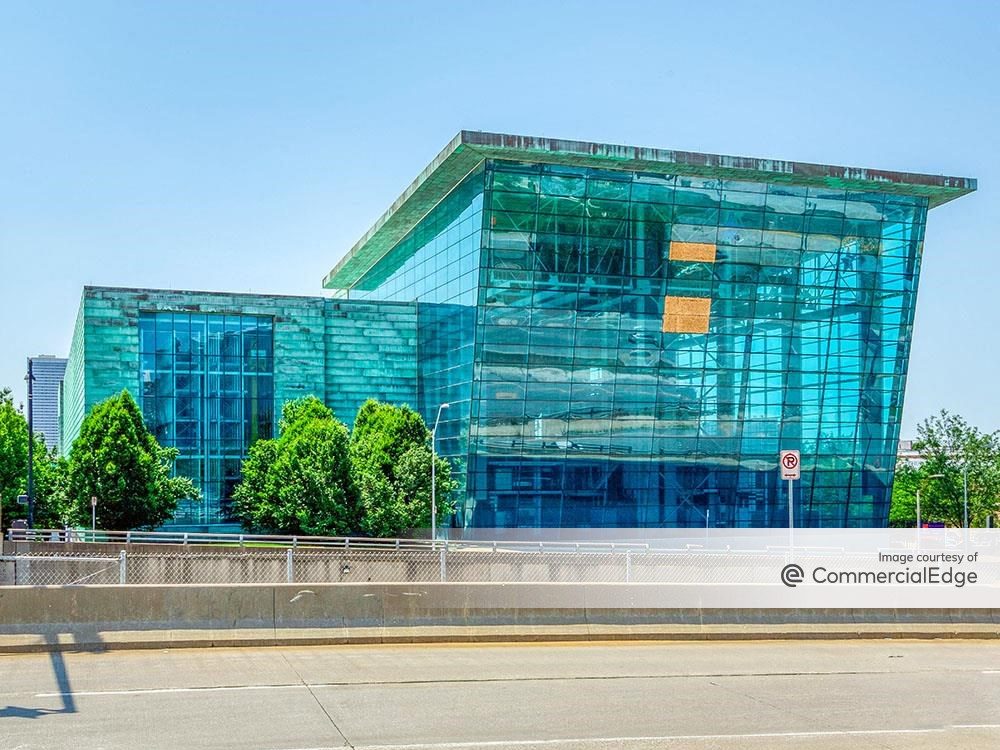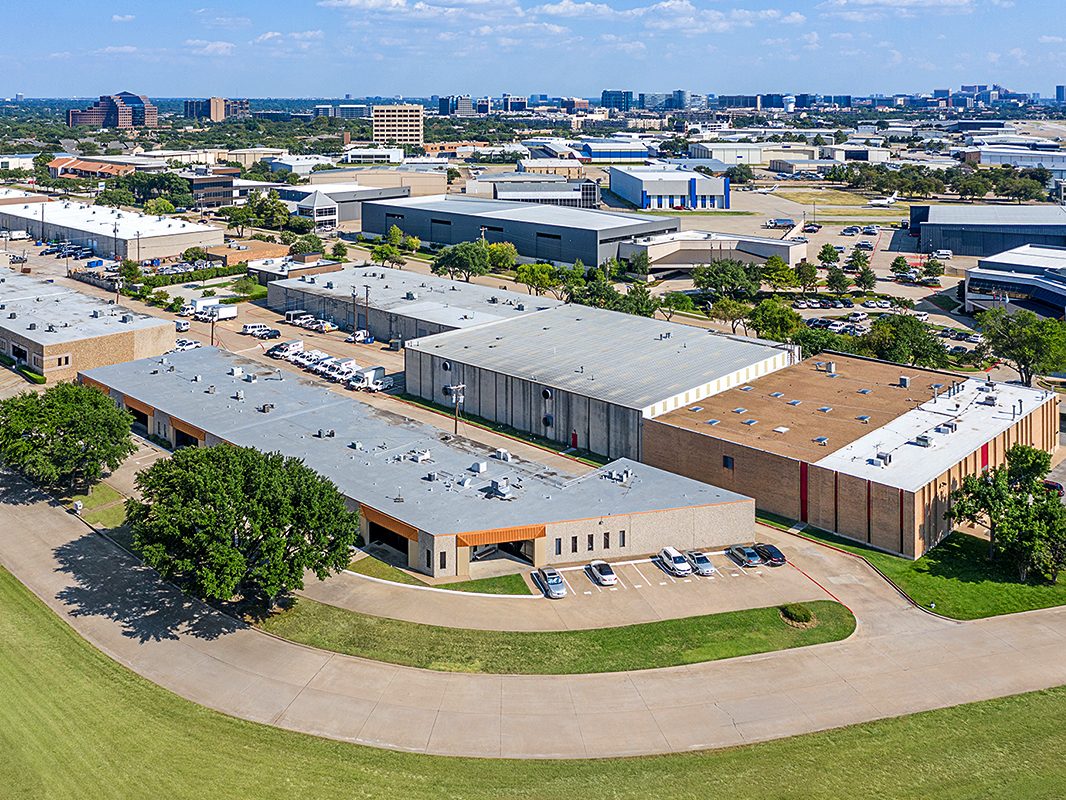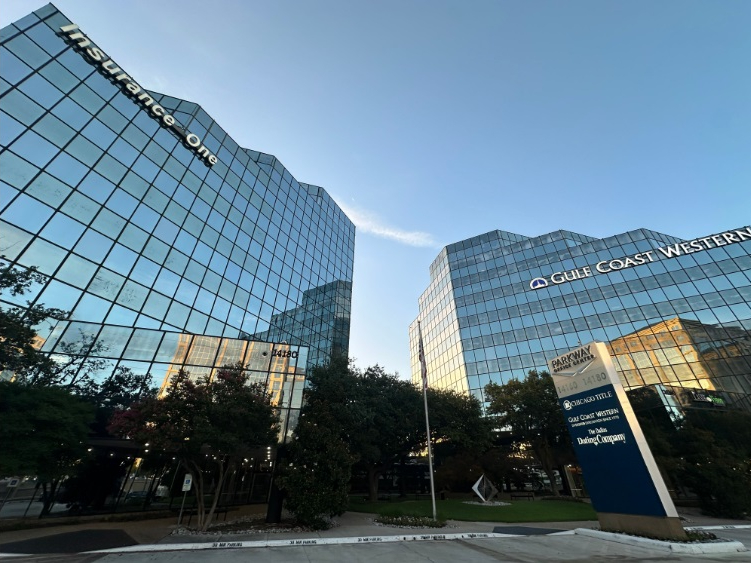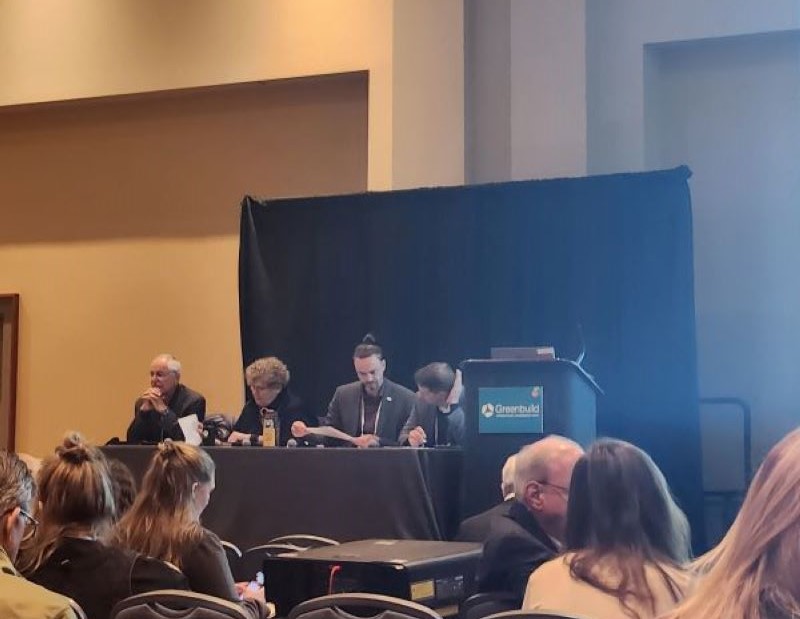Navigating CRE Challenges in a Higher-for-Longer Market
Adam Showalter of Stream Realty Partners on what borrowers and lenders can do when values degrade and opportunities for sales are limited.

From March 2022 to March 2023, SOFR went from 0.05 to 4.55. SOFR hadn’t been above 4 since November 2007 (LIBOR vs. SOFR). Additionally, from March 2022 to March 2023, the 10-year treasury went from 1.74 to 3.97; the 10-year treasury hadn’t been above 4 since June 2008.
These significant increases exponentially increased borrowing costs, which hadn’t been experienced in almost 15 years.
These fast and significant increases forced institutional investors and lenders to go “pencils down” until SOFR and treasuries stabilized. The following 12 months experienced two additional fed rate hikes and a 10-year treasury going above 5 percent numerous times. Over the last 12 months, SOFR and 10-year treasuries have stabilized (thanks to the Fed Rate constant), cautiously welcoming investors and lenders back into the market, albeit a much smaller pool than 36 months prior.
Given the uncertainty around debt costs, capital market transaction volume is still historically low. According to Altus, the U.S. commercial real estate transaction volume continued to slide through the first quarter of 2024, the lowest level dollar volume since 2013.
Wall of maturities
Additionally, there is a supply and demand imbalance thanks to the outstanding $3.7 trillion worth of commercial mortgage debt. According to the Mortgage Bankers Association, loan maturities in 2024 are estimated to be $929 billion, with Altus estimating that $31.6 billion was transacted across major property types through the first quarter of 2024. Even if transaction volume increases by 20 percent per quarter in 2024, transactions will total $170 billion, a level not seen since 2013 and only 18 percent of the 2024 maturing debt (not including debt-free assets).
In 2024, U.S. commercial real estate debt ballooned from $659 billion to $929 billion, given that many loans matured in 2023 but were modified and extended into 2024. While the appetite for CRE remains high among capital allocators and investors in 2024, the transaction volume would need to double every quarter to absorb the significant amount of outstanding debt at likely below-market terms. Most of these maturing loans were issued in the past 3-5 years with 60-70 percent senior LTV, 70-85 percent mezz LTV, SOFR + rate, interest only, expired rate hedges). These debt issues, coupled with peak pricing from 2018 – 2020, have created an incredibly wide bid-ask spread, further hindering transaction volumes.
What is a borrower to do?
Given this degradation of value and limited sale opportunities, most borrowers’ equity have been significantly reduced or wiped out, causing lenders to step in. Their options then include (1) selling the loan, (2) foreclosing on the asset and selling the leasehold (typically requiring seller financing to expand buyer pool), (3) extending the loan short term (if the borrower is willing to continue), (4) bring in new equity to recapitalize, or (4) foreclosing on the asset and hold until capital markets improve. Unfortunately, all these scenarios require additional investment, typically with the majority from existing lenders, thus putting financial stress on the lender. Fortunately, lenders have been preparing for these situations for the past 12-plus months. They can find experienced partners and operators, like Stream Asset Management & Advisory Services, to advise them on value preservation and creation.
Each “distressed” asset has unique characteristics, such as asset class, location, age, amenities, occupancy, etc., so one size does not fit all. In our experience, each borrower/lender must take a few simple steps before devising a plan.
(1) Act quickly
Often, borrowers and lenders face a long stage of denial while the market and asset value deteriorate. Engage early on in asset management and best-in-class brokerage/operations to preserve value through real-time market intel and business planning to significantly reduce value deterioration.
(2) Go deeper than appraisals and BOVs
While appraisals and BOVs provide total asset values, they typically lag current market conditions. To fully understand the asset’s value and, more importantly, potential value, borrowers and lenders need to take a deep dive with a local full-service market experts to understand leasing fundamentals, competitive set, and attributes of the asset.
(3) Explore alternative uses
While some assets are the highest and best use given the changing dynamics in office, industrial, multi-family, and data center, the underlying land and/or asset may offer adaptive reuse or redevelopment opportunities that exceed current asset value.
(4) Plan for long-term hold
While investors and lenders remain optimistic about CRE transaction value, the capital market environment may remain depressed longer than previously expected. Conservatively, consider the current and future exit plans. The days of 3 to 5 percent cap rates seem far away. So, unless the strategic plan can afford a high terminal exit cap, run the analysis based on capital markets not improving for four to five years.
My crystal ball is opaque, but if I had to guess, there will be a lot of note sales (attempts more than transactions) and lender take-backs or restructures in the next 24 months. Most of these outcomes will be in office and Class B/C multifamily, but it will trickle down to industrial, Class A multifamily, retail, and hotels. Transaction volume in 2013 totaled $150 billion. I believe 2024 will have similar transaction volumes, and, unfortunately, 2025 maturing debt will be like 2024.
Adam Showalter is managing director, National Office Investor Services at Stream Realty Partners.







You must be logged in to post a comment.